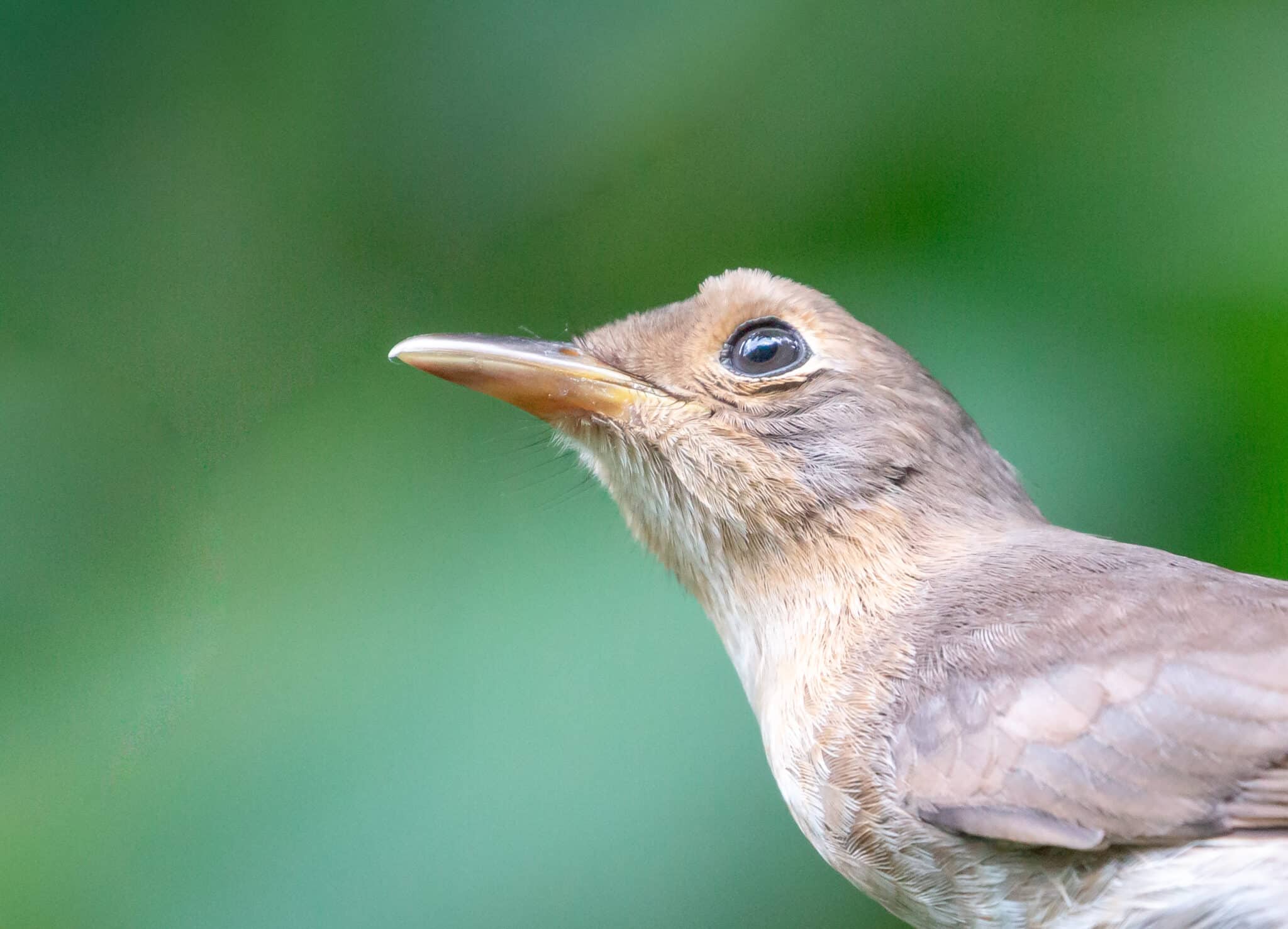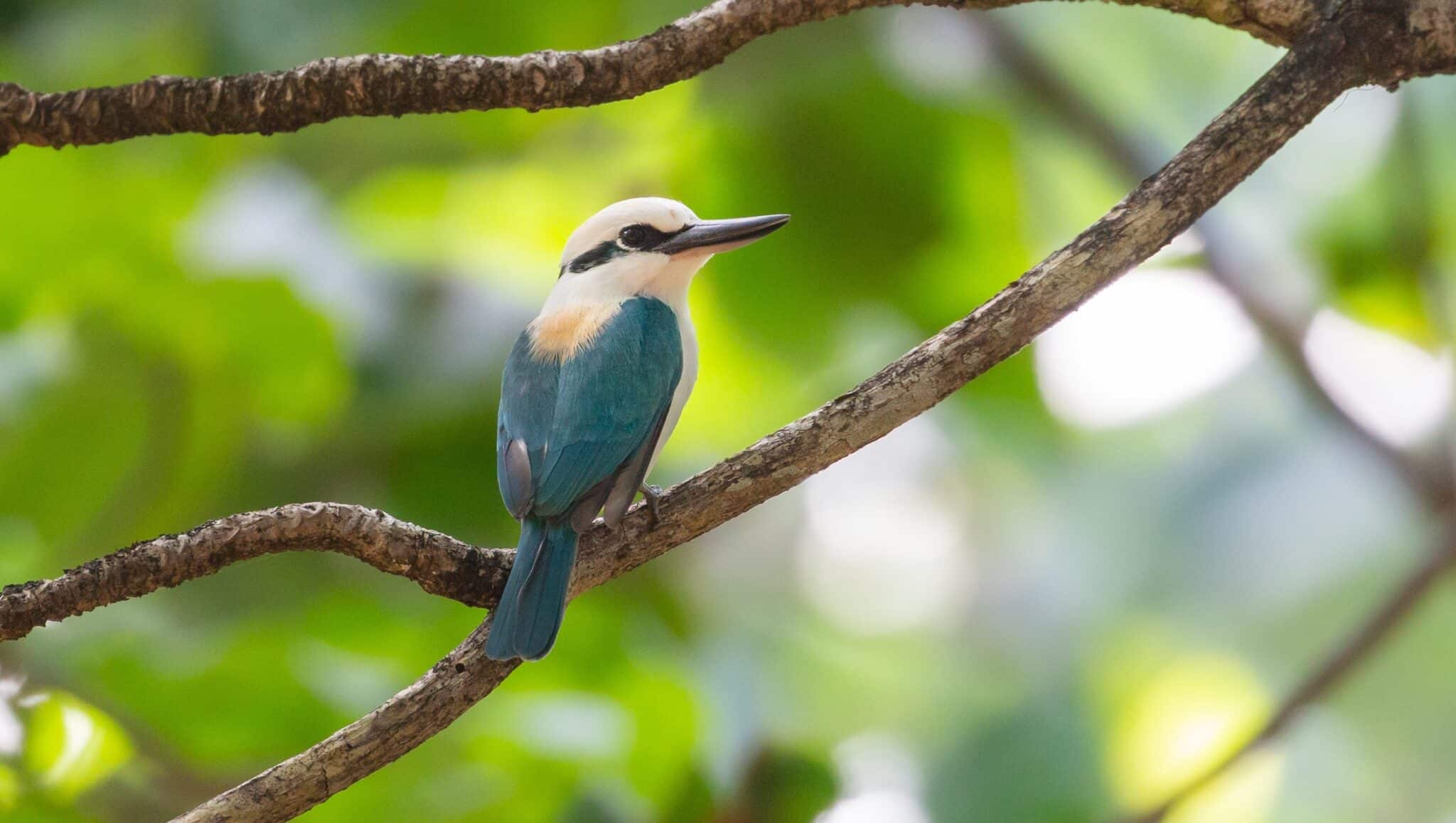One to Watch: Last of the Monarchs
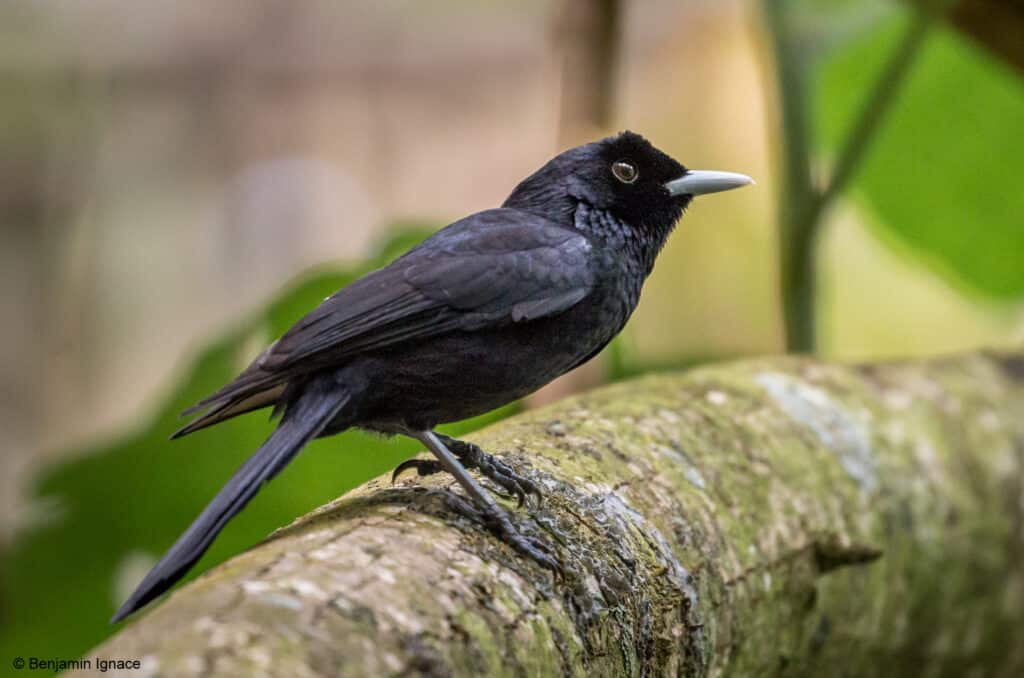
With only four females left and under attack from invasive species on all sides, Fatu Hiva Monarch is on the brink. Fortunately, thanks to the incredible efforts of SOP Manu (BirdLife in French Polynesia), there is still hope for the species, but they need your support.
How many families live on your street? Ten? Twenty? More? Imagine if there were only four – and that they constituted the last human beings on the entire planet. Would you act to save humanity?
It sounds like science fiction, but this is the harsh reality for the Fatu Hiva Monarch – a large, glossy flycatcher native to French Polynesia. Tragically, there are fewer than 20 individuals left on Earth, including just four breeding pairs. Locally known as ‘Oma’oke’eke’e, the species was formerly widespread across the island of Fatu Hiva – but the minute non-native rats jumped from commercial ships in the 1980s, the ecosystem was flung into turmoil, with the ravenous rodents devouring both eggs and chicks.
Compared to some birds, however, it is lucky to survive into the 21st century. Five other species of Polynesian monarch went extinct in the 19th and 20th centuries, and the Fatu Hiva Monarch is now one of just six remaining species in the Pomarea genus. Today, conservationists have managed to bring the rats under a satisfactory degree of control. But feral cats now constitute the biggest threat to the survival of the species.
Since 2008, SOP Manu (BirdLife in French Polynesia) has been very active in helping Fatu Hiva Monarch along the road to recovery. Its recent work has focused on controlling cats, working with farmers to secure coconut groves from rats and placing camera traps around the island to get crucial information on where youngsters go after fledging.
However, the COVID-19 pandemic has hit operations hard. Travel restrictions prevented the conservation team from accessing the island for much of 2020, and many of their usual donors have been unable to allocate funds to this essential work. Catastrophically, in 2020 only two chicks survived more than two months after fledging the nest.
Fortunately, SOP Manu knows exactly what to do to save this species. Over the past few years, the organisation has had great success bringing a similar species, Tahiti Monarch, back from a population of just 12 individuals. This year, the flute-like song of more than 100 Tahiti Monarchs echoed throughout the canopy – a modern record.
All that’s needed is the funding to do the same for Fatu Hiva Monarch.
By Jessica Law
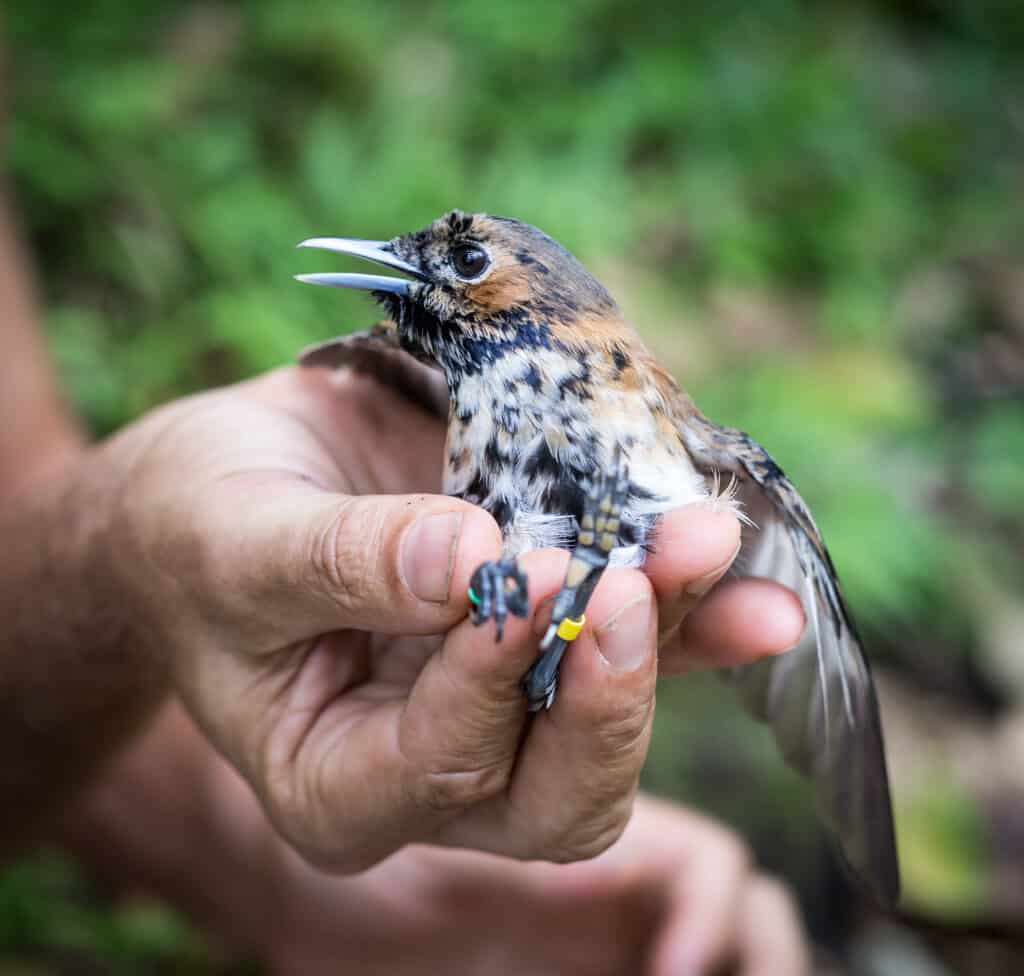
of the species and have recently set up a supplementary feeding station
© Benjamin Ignace
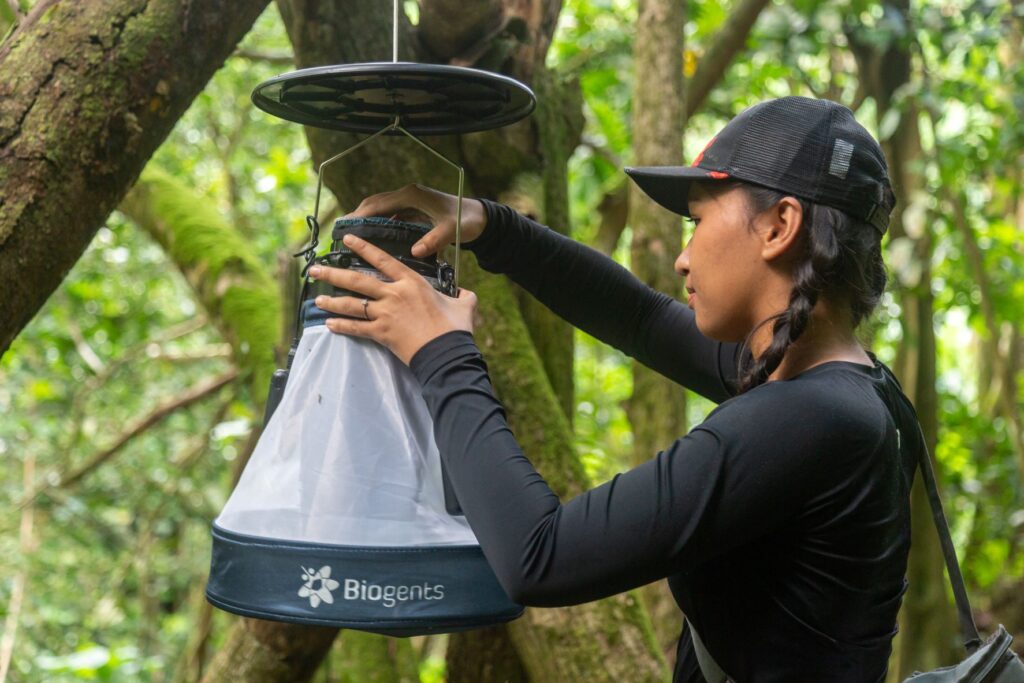
population. SOP Manu have gone to great lengths to try and remove the number of
mosquito’s near monarch nests and here a mosquito specialist is preparing a trap to identify
which mosquito species carry avian malaria © Benjamin Ignace
Find out more about the incredible efforts of SOP Manu in trying to save this species from the brink. Discover how you can become a Species Champion for the Fatu Hiva Monarch.
This article is from the October 2021 issue of the BirdLife Magazine. You can read more about the incredible conservation efforts of SOP Manu to save this species in an in-depth article in our latest magazine issue.

